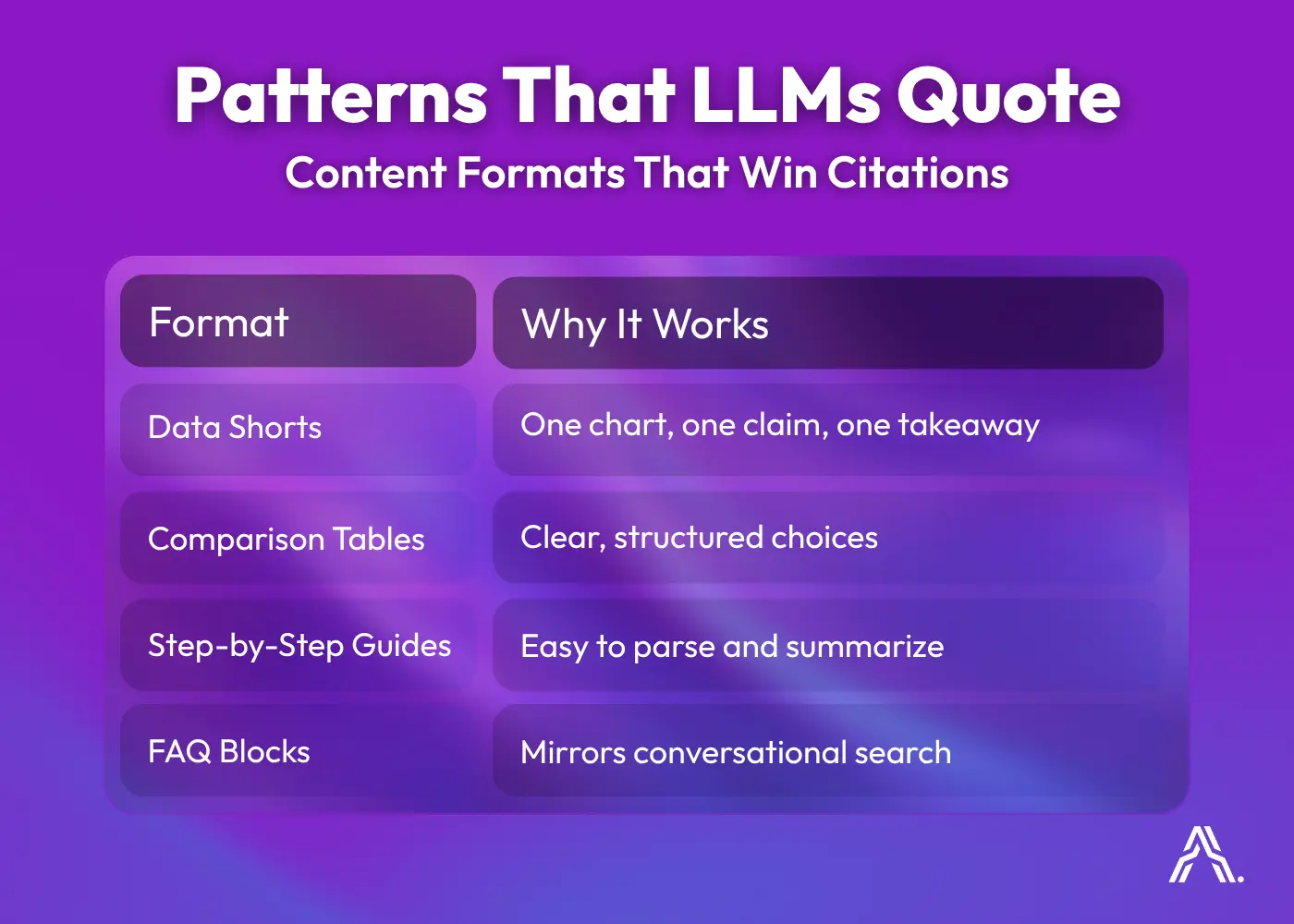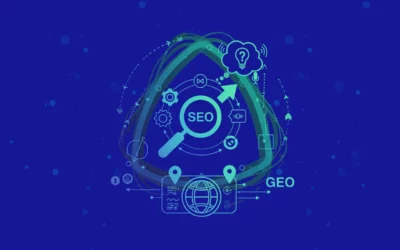SEO got smarter
Search is no longer about matching words. It is about clear meaning.
Large Language Models change how engines read content and how people search. They move SEO from a technical checklist to a simple system of meaning, proof, and structure. From keywords to context. From rankings to references.
LLMs are AI models that read and generate natural language at scale.
From keywords to questions to citations
People now ask full questions in conversational search. They talk to voice assistants, chatbots, and AI search. LLMs read intent, not just exact phrases. That resets what wins.
Keep this in mind:
- Queries are now longer and more specific.
- Results have started to often appear as summaries or AI Overviews
- The answer may include brands and pages that are cited inside the output.
- Content Quality: To create helpful, consistent, original content.
If you want a quick model for behavior, think of AI search like a fast editor. It scans sources, pulls the cleanest facts, then writes a short answer. Your job is to be the source it can trust and quote.
What LLMs reward right now
Context over keywords
LLMs reward semantically rich writing. Repetition is now considered noise. It is clarity that wins.
- Write to solve the full task, not a single phrase.
- Instead of stuffing the best laptop for editing, spell out who it suits, why, and tradeoffs.
- Use headings that mirror real questions.
- Use plain words and avoid filler.
This aligns with generative search and AI Overviews, where tight context guides extraction.
Entity based optimization
LLMs connect names, brands, people, products, and ideas. If your entity is unclear, you will not be cited.
- Add schema for Organization, Person, Product, FAQ, and How To where it fits.
- Keep names and IDs consistent across your site, LinkedIn, GitHub, app stores, and partner pages.
- Link to primary sources when you state facts.
- Use plain words and avoid filler.
- Add a short About block on key pages to anchor who you are and what you do.
This is the core of entity based optimization and citation strategy.
Credibility and E-E-A-T
Trust drives selection in AI search. Signals must be visible and consistent.
- Show author names, roles, and short bios.
- Cite primary sources and add dates.
- Keep claims aligned across channels.
- Collect reviews, press mentions, and quotes.
- Add contact details and real company info on the site.
Generative summarization
AI Overviews and answer engines compress many sources into one output. If your page is not clear and factual, it will not get quoted.
- Lead with a 2 sentence answer to the main question.
- Use bullets for key steps or factors.
- Include a labeled table for comparisons.
Use LLMs in the workflow
LLMs are strong assistants when you give them guardrails and review the output.
What to run this week
- Map intent clusters. Paste seed topics, ask for grouped questions, then check against your search data.
- Draft briefs. Ask for H2s, key questions, and comparison angles. Edit for tone and accuracy.
- Generate FAQ ideas and schema hints. Keep only what adds clarity.
- Produce headline and meta options. Pick the simplest option that matches intent.
- Split long content into short answer blocks that AI can parse.
- Convert feature notes into a table or steps that a model can lift.
LLM prompts that help
- List 10 real questions a buyer asks before [topic].
- Draft a 6 H2 outline that answers those questions in order.
- Propose one table that compares options by use case.
- Suggest FAQ schema for these questions.
- Rewrite this section for plain language at grade 8.
Patterns that LLMs quote

Practical SEO tasks for LLM driven search
Content
- Build topic clusters around real questions, not just short phrases.
- Add summaries and TLDRs so models can lift clean snippets.
- Use short paragraphs, plain words, and clear labels.
- Refresh dated posts with new facts and a change log at the top.
- Add a simple glossary for key terms and entities.
Technical and structure
- Ensure crawl depth is shallow for your key pages.
- Improve internal links with descriptive anchors that match intent.
- Add schema where it fits. Do not spam.
- Fix duplicate titles and empty meta descriptions.
- Keep page speed strong on mobile.
Credibility
- Publish author bios with real roles and links.
- Note the date of the last update on each post.
- Add citations to primary sources.
- Collect reviews and testimonials on neutral sites.
- Show company info, address, and support contacts.
Off site signals
- Share data shorts with one insight and one chart.
- Submit to 1 or 2 newsletters in your niche.
- Guest a short quote in a partner blog or podcast.
- Post a comparison table on a community thread with a link to the full page.
- Track which channels send real mentions, not just clicks.
Humans write, machines parse
AI can structure content. It can group questions and tidy metadata. Meaning still comes from people who know the work.
Write for readers first, then structure for AI. That balance is how you win in generative search.
Final Thoughts
LLMs will not replace SEO. They will reward the teams who adapt to them.
Modern SEO means being understood, not just indexed.
Visibility equals clarity, credibility, and structure.
Treat SEO, AEO, and GEO as one system. Get discovered, get chosen, get cited.




